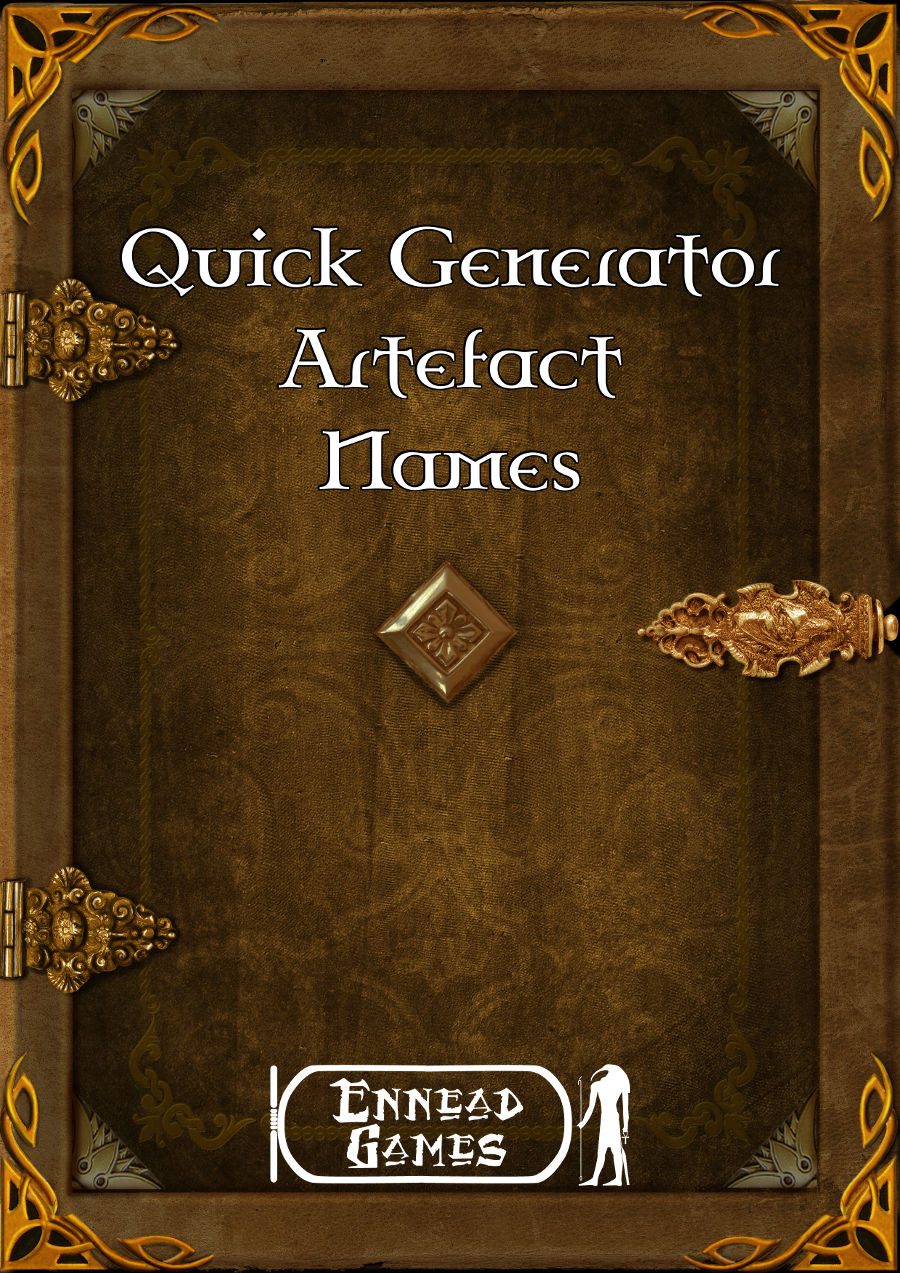Dayabbey
The village of Dayabbey lies on the Mouse’s Highway, a long three days’ ride west of the city of Lisabbey. About 438 folk call Dayabbey home (266, if the population of outlying farms is included). Most are humans, but there are gnomes and a smattering of halflings and mountain dwarves. Dayabbey is named for one of Lisabbey’s early milady, Dayabbey the Just, who had farmlands here. Though the ruins of his ranch are long gone, it it said that his spirit will always be there.
In all seasons except deep winter, the village is patrolled by Lisabbey’s army from an outpost in Low Highhold. Dayabbey is ruled by Ottilia Shirrefs the Steward, a bullying, tanned half-elf, with a really peculiar voice. The Great Warder swears fealty to Larlum of Lisabbey. In return, the Capital provides magical resources, a Warder’s purse of 327gp quarterly, and many orders for tasty Farmer’s Cheese from local cheesemakers, notably the Diorgast milkery.
Dayabbey is a quiet but animated place. By night or in a snowstorm, the traveler can mark it by the many road markers found around the village. This village is an old but clean village. In hot summer weather, though, it is only pleasant to those who don’t mind the smell of manure and the incessant noises of the cows. The folk of Dayabbey are famous for the milking and manufacturing of Farmer’s Cheese. They have traditionally supplied the noble families and armies of Lisabbey and the armies of West Eastdun, as well as merchants and satraps of Dartburg and South Rosscaster.
Two of Lisabbey’s more famous noble families have extensive holdings in the Dayabbey area. The Diorgast family, which produces nice loafs, wheys, and wheelf of the nicest cheese, aged to perfection. The Olokhar family makes more money than all other inhabitants of Dayabbey combined. This clan dominates the chief business of Dayabbey, the supply of Farmer’s Cheese to Lisabbey. These Farmer’s Cheese are not same quality as Farmer’s Cheese from the Diorgast milkery but are nutritious and tasty. Any local Farmer’s Cheese that don’t come out of Dayabbey milkery are purchased by the family at fair market prices and carted to Lisabbey in large, well-armed family caravans. These caravans are always on the road between Dayabbey and Lisabbey.
Dayabbey is a fairly prosperous place, the sort of town you’ll never forget after passing through. Dayabbey lays partially hidden my the great city located only a few miles away.
The town can be entered only from the east where a large moat divides the village from the wilderness. The entrance is know as the Rincz Gate and it is said that a long-forgotten ruler of Lisabbey was born in the guardhouse of the gates when his family came to buy Farmer’s Cheese here.
For a local spot of interest, you might look at a shrine to an unknown deity. It appears that a ceremony of some kind is currently taking place, with 3 duergar dwarf priests..
A small lake is located south-east of the village.
At the west end of the village you might take a look at the ruins of a large manor (###ERROR###Table ” not found manor). It appears to be deserted..
To the south-east stands the burned ruin of the The Warrior’s Nest inn. It was destroyed in a wild spell battle five winters ago. The battle was between two sorcerers, Torctwulf and Dorend. It is not clear if either mage escaped the inferno of the inn. Many, many bones, cracked by the heat, were found in the ashes. As the owner died in the conflagration, there is no great interest in rebuilding. Local children love to play in the ruins, where many pieces of melted, puddled glass can be found. Somewhere under the charred timbers lie the inn’s cellars, which may still contain some valuables. There’s no way to get down there without doing a lot of digging that would have to be done in full view of the children and anyone passing on the road.
There’s also the Old Dead Damarvyr, a leafless tree whose trunk is as large as some cottages. The tree is a popular meeting place for locals, who sit on plank benches under its bare boughs and smoke pipes, sip cider, play at dice, or just chat. Legend says that a sorceress of great power is buried under its roots, and her power keeps the tree from rotting.



